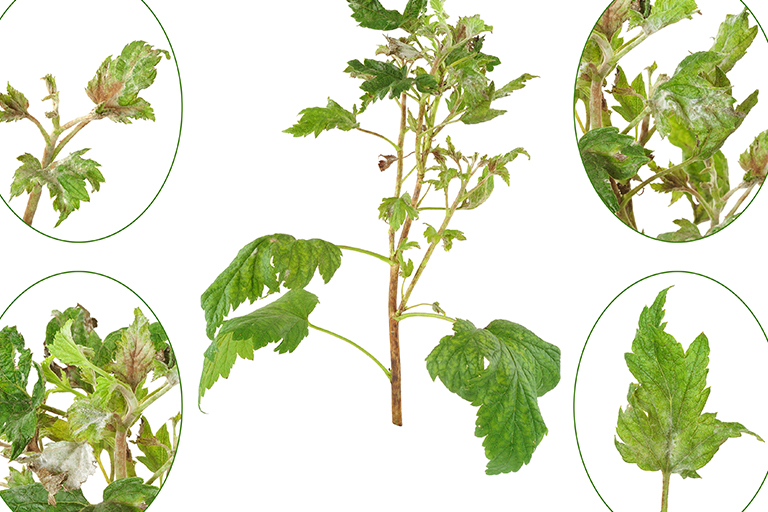By Vicki Spencer, Master Gardener
When I studied to become a master gardener, one of the most complex units was integrated pest management. It was a real eye-opener for me after living in Gunnison where the winter cold seemed to insulate us from the myriad pests and diseases that threaten trees and garden plants.
The first lesson was that “plant health care ideally begins with a well-planned garden and the proper plant selection.” Although we were taught that many health problems can be avoided if plants are appropriately matched to their natural environments, this seems to be more difficult in the age of globalization. We can get plants from anywhere in the world, and more pests and diseases are showing up in areas where they never had before.
In the 1970s, the large elm trees abundant along the Front Range succumbed to Dutch elm disease. To create more diversity, city foresters recommended that people replace diseased elms with ash trees. Flash forward 40 years. Today there are an estimated 1.45 million ash trees in the Denver metro area, and now the emerald ash borer (first discovered in Michigan in 2002) has migrated to Colorado. It is a small, green metallic beetle about 1/2-inch long with a coppery purple stomach. Unfortunately, the emerald ash borer is a nonnative species and lacks predators to keep it under control. Some say it’s the most destructive forest pest in North America. While all ash trees are susceptible, it seems to prefer ash trees in the genus Fraxinus.
If this makes you wonder what trees are best to plant in your area, it is still advisable to contact your local forester. You can also refer to the Front Range Tree Recommendation list on Colorado State University Extension’s website. The list was developed by individuals representing four professional groups: American Society of Landscape Architects, Colorado Nursery & Gardens Association, Colorado Tree Coalition and Colorado State University Extension. They reviewed and rated more than 250 trees or varieties well suited to Colorado’s various ecosystems and, therefore, are more likely to be pest and disease resistant.
Although there are more than 90,000 insect species in North America, less than 1 percent are likely to affect trees and other plants. If you have existing trees or plants that don’t look healthy, you might be able to diagnose the problem yourself. First, you must know the plant species because so many pests like the emerald ash borer are plant species specific.
Once you are sure of your tree or plant species, look for patterns of abnormality. Some symptoms of insect damage are discoloration or distortion of leaves, blossoms or twigs; chewing damage; cracked bark; or dieback. Some symptoms of plant diseases are spots or dead areas on leaves or stems; abnormal growth or coloration; and sudden wilting. If just one tree or plant shows these symptoms or seems abnormal, it may be due to an insect or disease. If the abnormality covers a large area, such as a row of trees or several species of plants, the cause is more likely due to physical conditions, such as a dry winter or recent chemical applications.
While most home gardeners can identify many insects by their common names, knowledge of insect classification can be quite complex. Proper identification is important in order to treat your tree or plant properly. For instance, the type of mouthpart tells us how an insect feeds, its life cycle and type of habitation. These are all characteristics that help determine the proper method of control.
Unlike previous generations, today’s gardeners may find the internet and smartphones to be among their most useful gardening tools. If you suspect insect or pest damage, document it with your smartphone. Take a photograph of the plant in its environment and get closeups of the bark, stems and both sides of the leaves. If you see insects, try to get detailed close-ups of them, too. Then go to Colorado State University’s “Plant Talk” at planttalk.colostate.edu, click “Ask an Expert” and attach your photos. Plant experts will help identify the pest or disease and recommend solutions.
Although most insects are dormant now, it doesn’t hurt to be well-prepared with knowledge to fight against the destructive ones. Research the insects and diseases most likely to affect the trees and plants in your yard. Knowing the signs and symptoms will help you identify problems more quickly when they arise so you can treat them before they get out of hand. Gardner Vicki Spencer has an eclectic background in conservation, water, natural resources and more.
Gardner Vicki Spencer has an eclectic background in conservation, water, natural resources and more.

